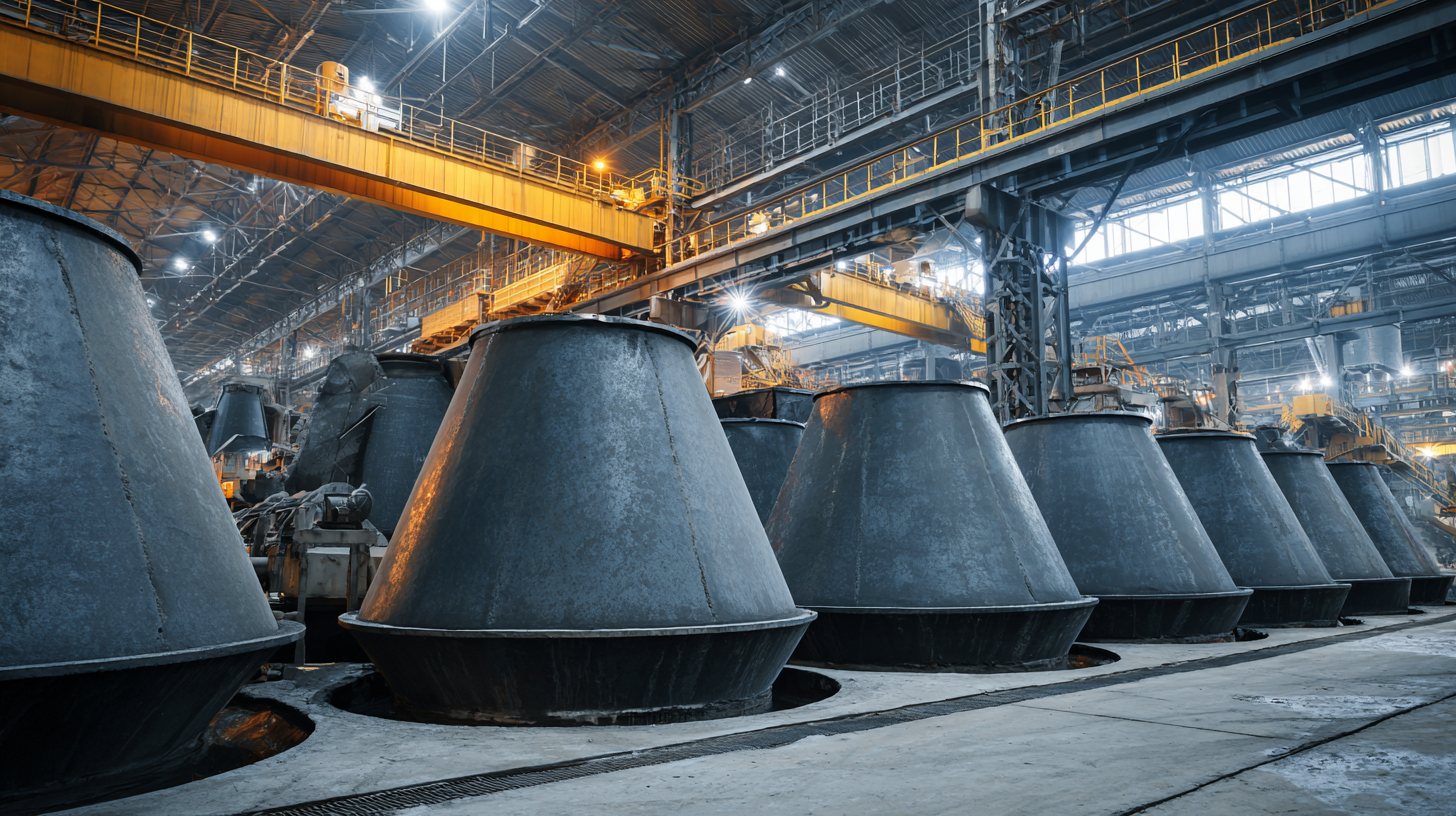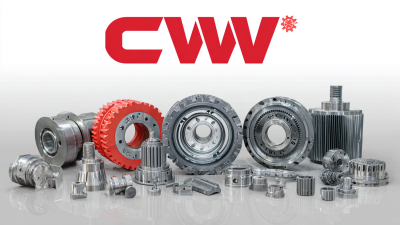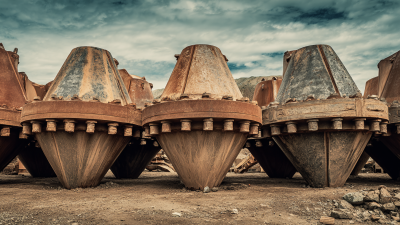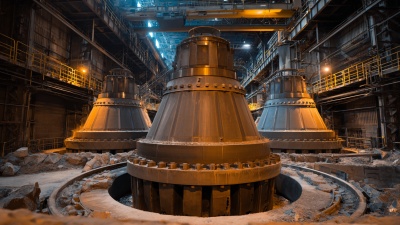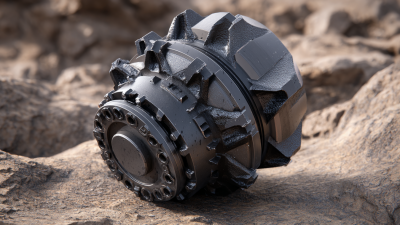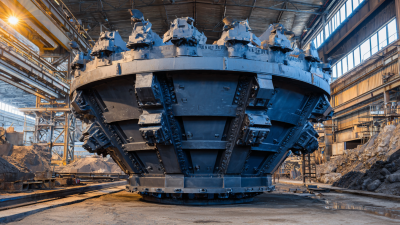
-
Home
-
About Us
-
Products
-
News
-
Blog
-
Contact Us
Leave Your Message

Choosing the right Cone Crusher Liners is critical for maximizing the efficiency and longevity of crushing operations in the mining and aggregate industries. According to a report from the Mining Equipment Market, the global cone crusher market was valued at approximately $1.3 billion in 2020 and is projected to reach $2.3 billion by 2027, reflecting the growing demand for advanced crushing technologies. A well-selected liner can significantly enhance performance by improving the quality of crushed materials and reducing operational costs.
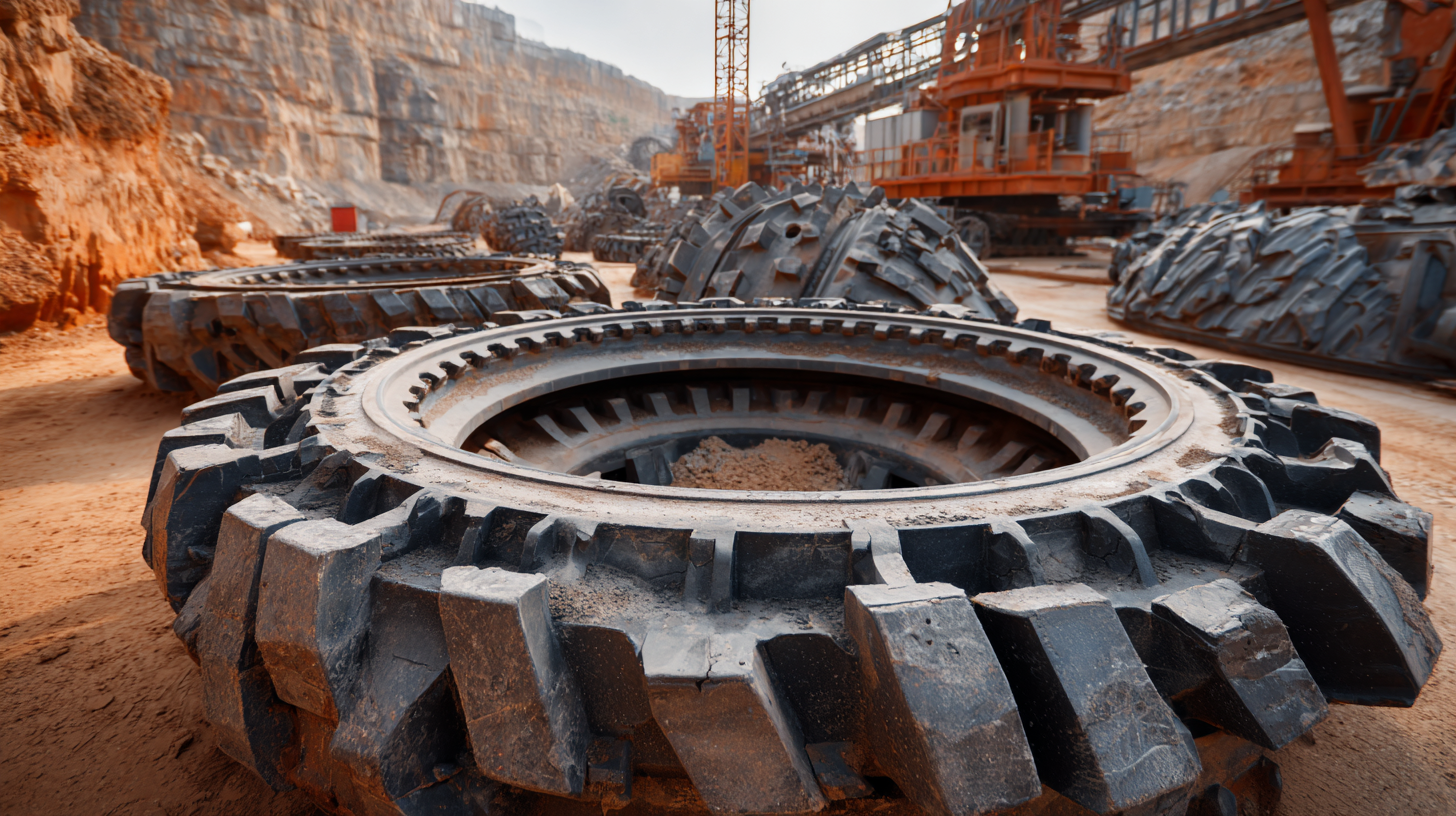
Factors such as material composition, custom design, and compatibility with the crushing machinery play pivotal roles in this decision-making process. As the industry evolves, equipping yourself with smart strategies for choosing the best Cone Crusher Liners can provide a competitive edge, ensuring optimal productivity and efficiency.
Cone crusher liners are critical components in the crushing process, designed to protect the machine and enhance performance. Understanding their functions is essential for optimizing crushing operations. These liners come in various materials like manganese steel, which offers high impact resistance and extended wear life. According to a report by the Mining Industry Research Association, choosing the right liner alloy can increase efficiency by up to 20%, significantly reducing operational costs.
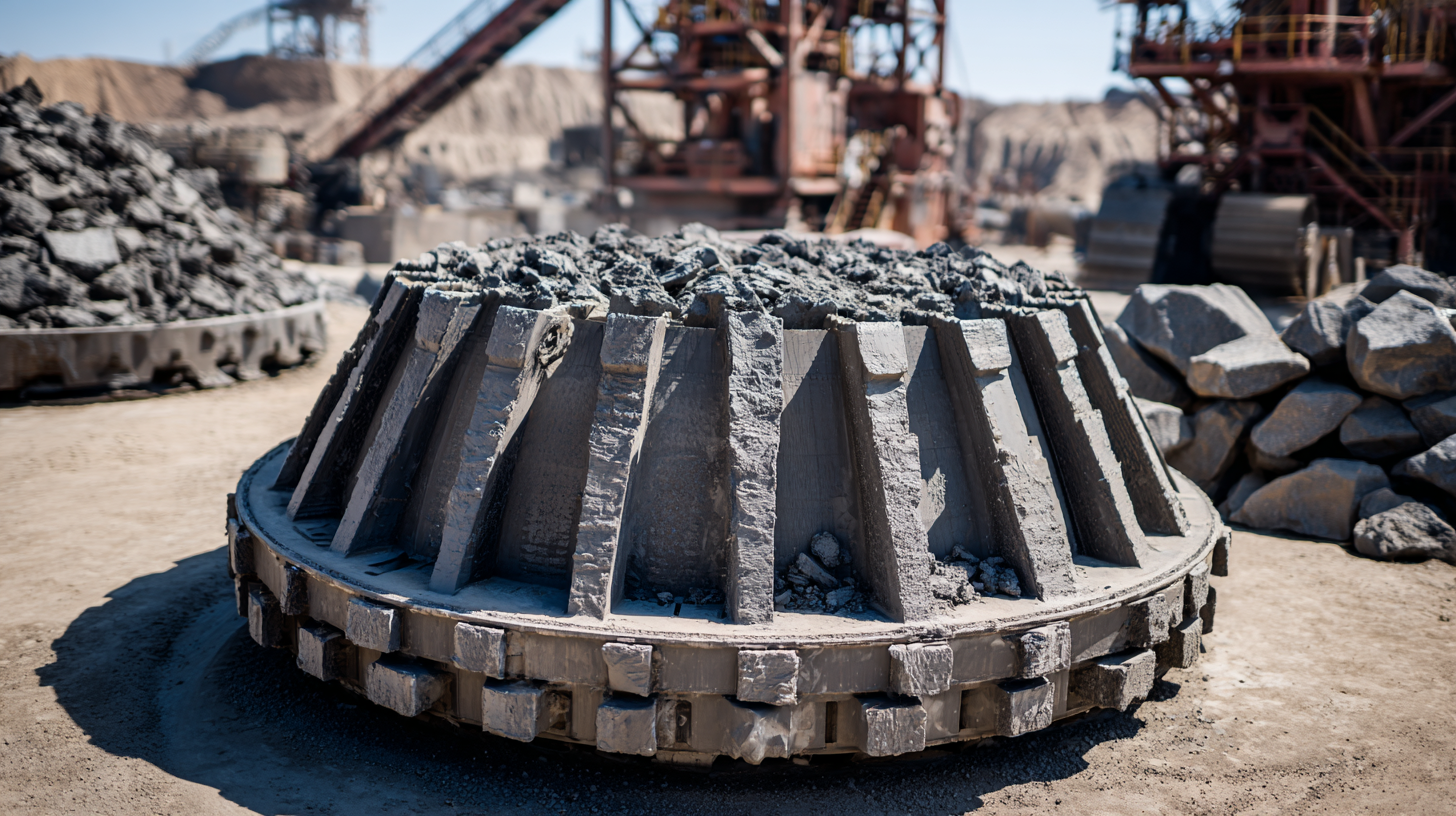
When selecting cone crusher liners, consider the following tips:
When selecting cone crusher liners, analyzing material composition is essential for optimizing durability and wear resistance. The primary materials used in liners typically include manganese steel, alloyed materials, and high carbon steel. Manganese steel, known for its high impact strength, is the most common choice due to its ability to work-harden under stress, enhancing its longevity. However, different applications may benefit from specific alloying elements that improve hardness, tensile strength, and resistance to wear, so it’s crucial to evaluate the specific requirements of your operation.
Additionally, understanding how the material composition influences the wear profile can lead to better decisions in liner selection. For instance, a higher manganese content can improve the liner’s resistance to crushing forces but may also make it more susceptible to brittleness under certain conditions. Therefore, it's vital to analyze not only the overall composition but also the heat treatment processes that can enhance the performance of the liners. By carefully considering these factors, operators can choose a cone crusher liner that not only meets the immediate operational needs but also provides extended service life and reliability in harsh working environments.
When selecting cone crusher liners, it is crucial to recognize how liner design affects both crushing efficiency and product size. According to a report by the Mining and Minerals Processing Institute, the optimal liner profile can enhance the comminution process by up to 20%. This efficiency boost not only maximizes throughput but also minimizes energy consumption, leading to reduced operational costs. The key lies in balancing the mantle and concave geometry to ensure effective material flow and prevent bottlenecks.
Moreover, the choice of liner material significantly influences product sizing. A study published in the Journal of Materials Science found that high-manganese steel liners can deliver a more significant reduction in particle size due to their superior wear resistance and impact strength. By adopting these advanced materials, facilities can expect improved durability and, consequently, more consistent product size, which is critical in meeting market demands. Moreover, with precise liner configurations, operators can fine-tune the crushing chamber, leading to a more controlled output and enhancing overall operational performance.
When selecting the right cone crusher liner profile for various crushing applications, it is essential to consider the specific material characteristics and operational goals. Different materials may require distinct liner profiles to achieve optimal performance and longevity. For example, a liner designed for abrasive materials may possess a different shape and composition compared to one used for softer rocks. Understanding the material being processed helps in making informed decisions regarding liner selection.
Additionally, the crushing application plays a crucial role in determining the best liner configuration. Factors such as the desired product size, throughput, and operational conditions should guide the selection process. Analyzing these parameters ensures that the chosen liner not only provides cost efficiency but also maintains high product quality. Engaging with industry experts for insights can further refine the selection, allowing for tailored solutions that enhance overall crushing effectiveness.
| Application Type | Liner Profile | Material Recommended | Typical Weight (lbs) | Crushing Ratio |
|---|---|---|---|---|
| Hard Rock | Coarse | High Manganese Steel | 400 | 6:1 |
| Secondary Crushing | Medium | Alloy Steel | 350 | 4:1 |
| Soft Rock | Fine | Chrome Steel | 300 | 8:1 |
| Recycling Applications | Specialty | Martensitic Steel | 320 | 5:1 |
When selecting suppliers for cone crusher liners, it’s crucial to consider their quality standards and performance guarantees, as these factors can significantly influence the overall efficiency and lifespan of the equipment. The industry has witnessed an increasing emphasis on ethical sourcing and sustainable practices, where suppliers are expected to maintain high ethical standards while also complying with relevant regulations. This not only guarantees the quality of the products but also ensures that the suppliers are accountable for their environmental and social impact.
Furthermore, exploring suppliers' ability to offer robust performance guarantees can lead to enhanced operational reliability. Companies should look for suppliers that prioritize transparency in their supply chain processes, which includes everything from procurement to manufacturing. By fostering inclusive sourcing practices and ensuring respect for human rights, businesses can develop partnerships that contribute positively to the community and the environment. In a competitive landscape, leveraging these criteria can ultimately provide a strategic advantage, allowing companies to select liners that are not only high-quality but also aligned with broader sustainability goals.
